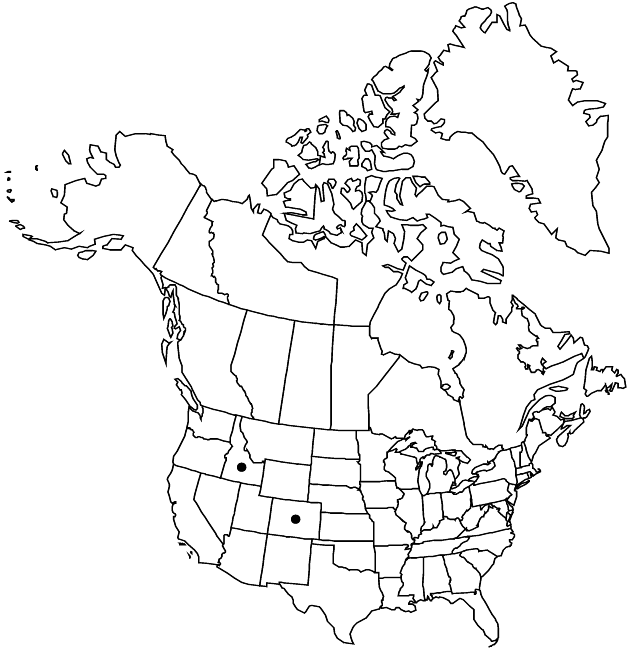Difference between revisions of "Psilostrophe bakeri"
Pl. Baker. 3: 29. 1901.
Endemic
imported>Volume Importer |
imported>Volume Importer |
||
| Line 49: | Line 49: | ||
|publication year=1901 | |publication year=1901 | ||
|special status=Endemic | |special status=Endemic | ||
| − | |source xml=https:// | + | |source xml=https://bitbucket.org/aafc-mbb/fna-data-curation/src/2e0870ddd59836b60bcf96646a41e87ea5a5943a/coarse_grained_fna_xml/V19-20-21/V21_1141.xml |
|tribe=Asteraceae tribe Heliantheae | |tribe=Asteraceae tribe Heliantheae | ||
|subtribe=Asteraceae (tribe Heliantheae) subtribe Gaillardiinae | |subtribe=Asteraceae (tribe Heliantheae) subtribe Gaillardiinae | ||
Latest revision as of 20:08, 5 November 2020
Biennials or perennials (rarely flowering first year), 5–12(–20+) cm. Stems arachno-villous (gray to gray-green). Heads in ± loose, corymbiform arrays. Peduncles 15–35(–50) mm. Involucres 7–9(–12) mm. Rays 4–5(–8); laminae 8–15+ mm, spreading in fruit. Disc florets (10–)12–15(–20). Cypselae usually glabrous, sometimes gland-dotted; pappi of 4–5 ± oblong scales 1.5–2 mm. 2n = 32.
Phenology: Flowering May–Jun.
Habitat: Rocky, often alkaline, slopes, knolls
Elevation: 1300–2000 m
Discussion
Selected References
None.
Lower Taxa
None.
